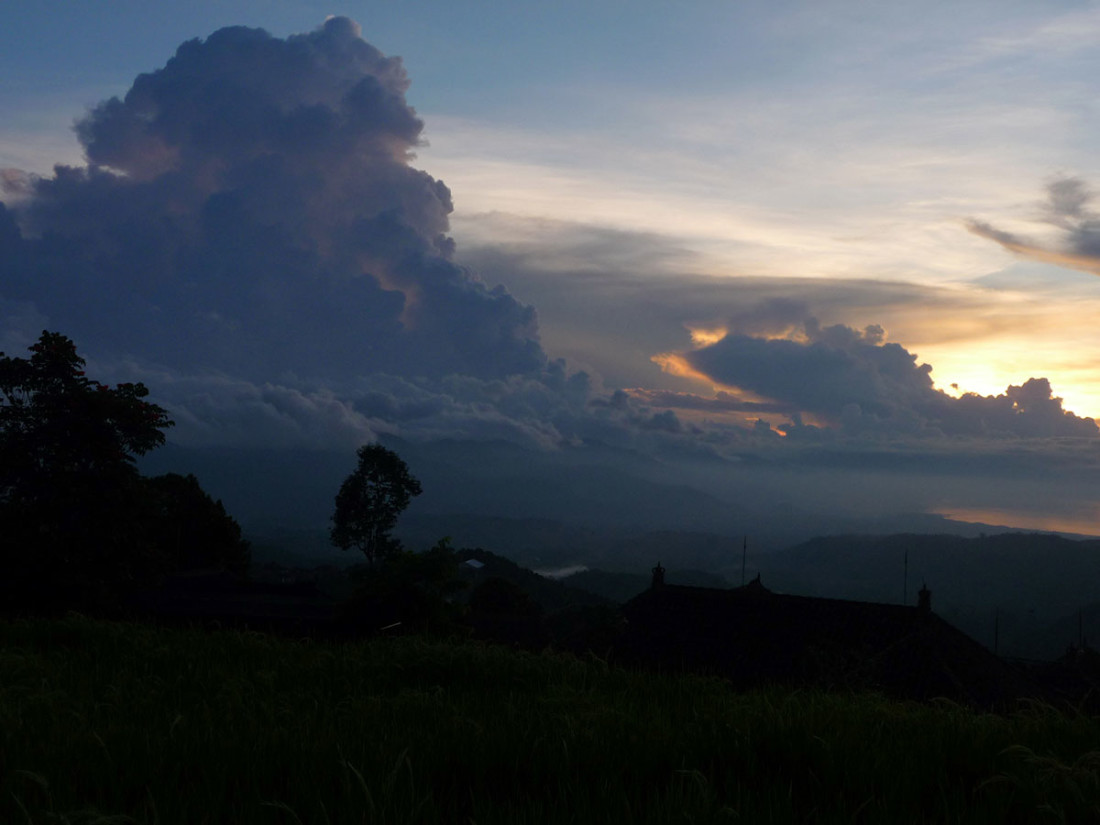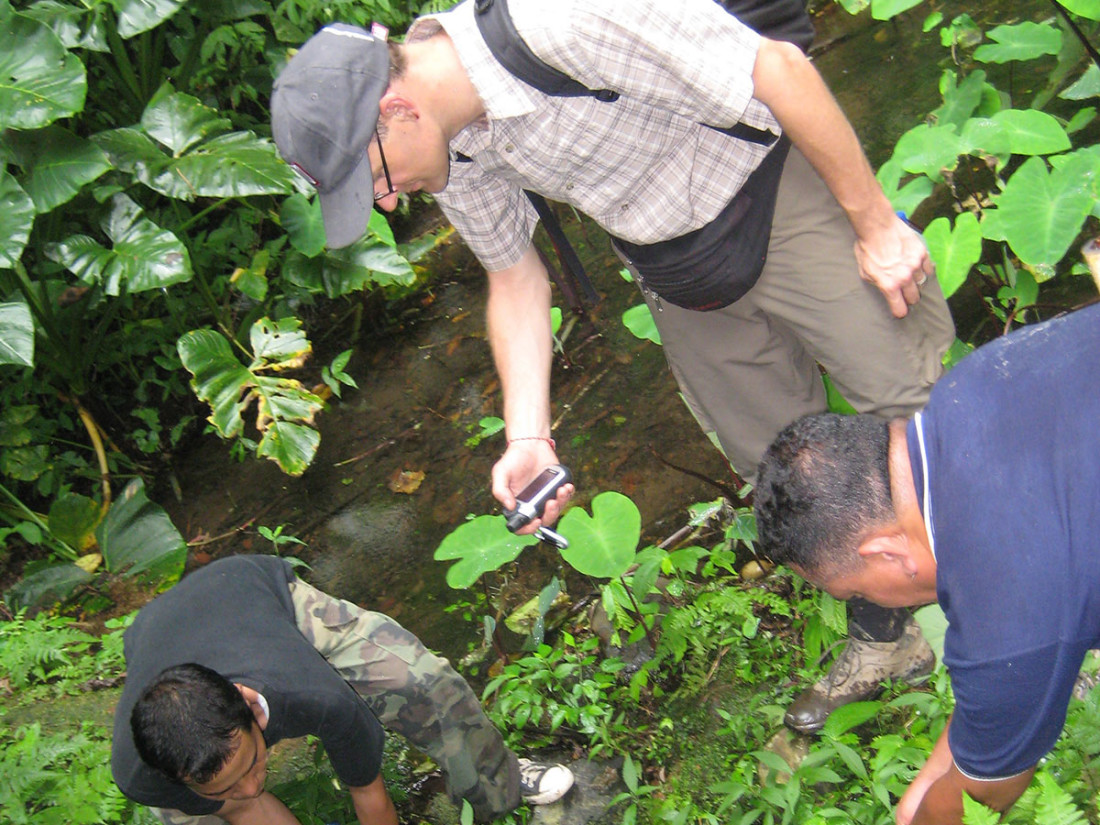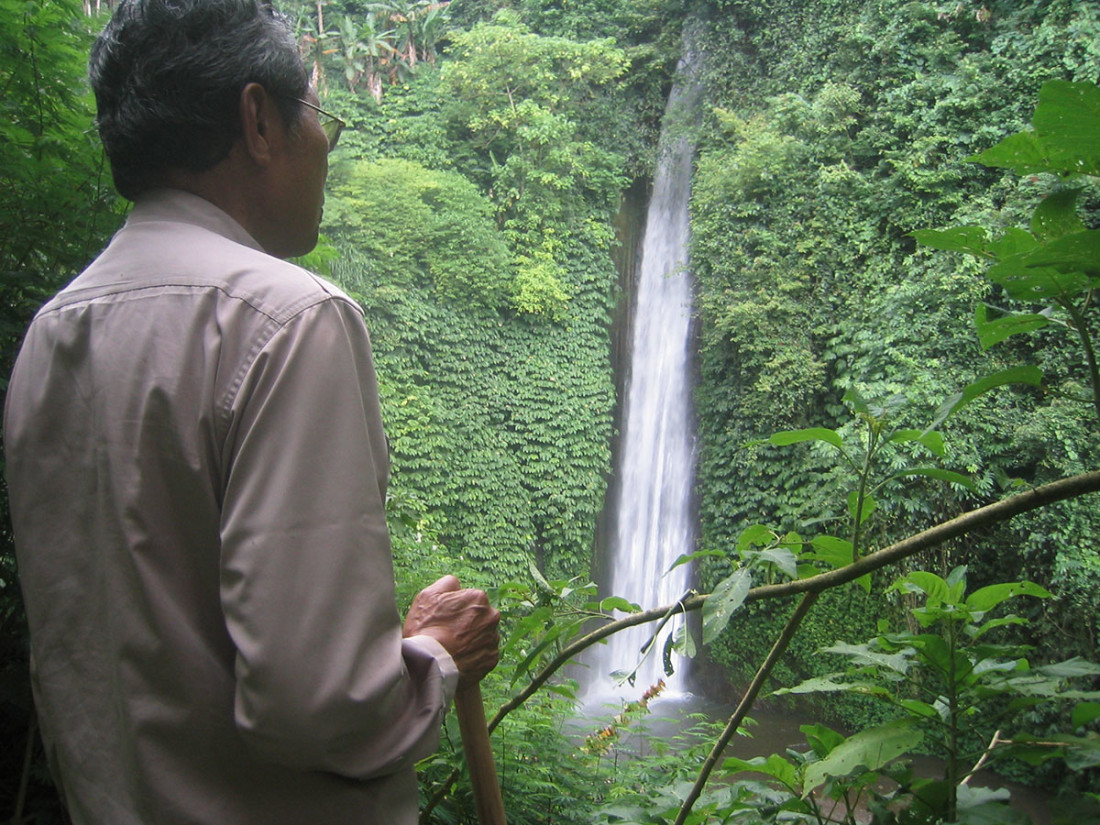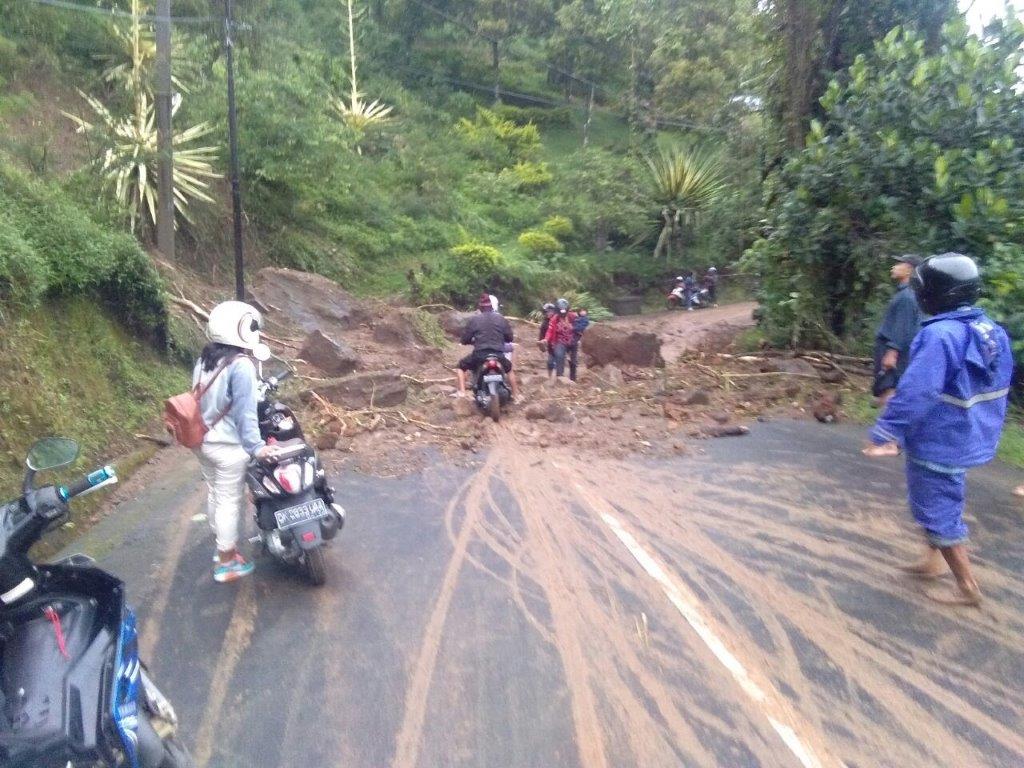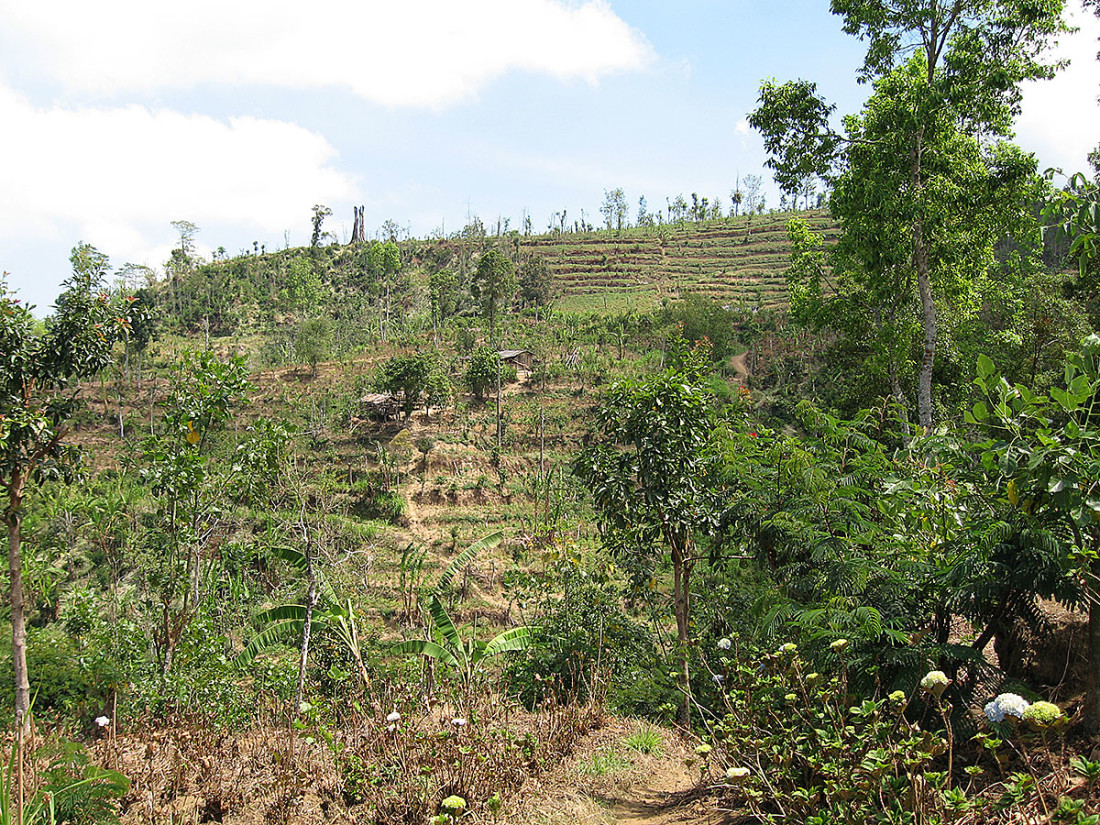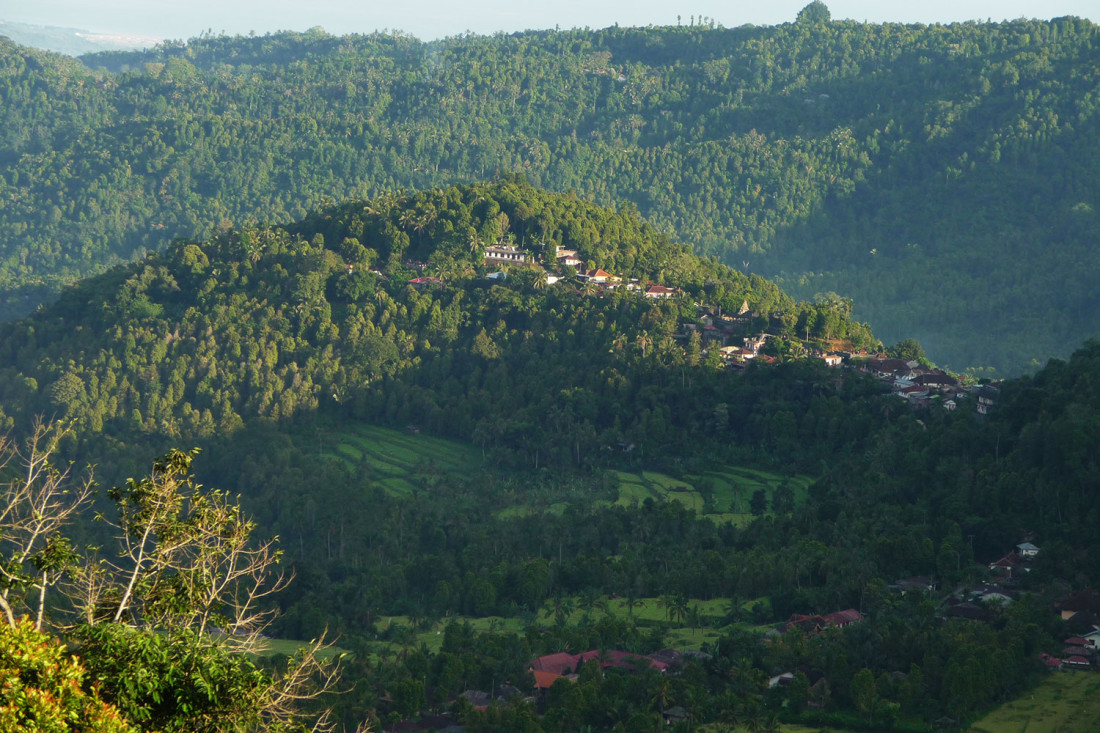buy Pregabalin in usa Water is very significant in Bali, not just for agricultural and domestic use but also for sacred reasons. In the Munduk area, religion is deeply entwined with the local water sources. Important ceremonies and rituals in this community start at the headwaters and follow the streams to end at the sea.
Veshnyaki Pak Nyoman’s concern for the environment around Munduk started in1992, when he began to see problems with erosion and potential issues around the integrity of the area’s water sources. The Munduk area receives water from springs high on the mountain. In 2009 a Swiss volunteer made a comprehensive survey of the water sources and irrigation around Munduk village in order to understand and map the source and usage. Pak Nyoman also needed a clearer understanding of whether some of the springs needed protection from industrial exploitation.
Preserving the Watershed
Phase One
The survey discovered that all of the major springs in this watershed were located at an elevation of about 1150 m behind Lake Tamblingan and that the spring water was actually seepage originating from the lake. This water was essential for the irrigation of rice terraces near Munduk; also, about 6,000 people directly rely on this source of fresh water. Clearly, the watershed required protection. Businesses were already planning to tap the springs and it was considered important to protect them from exploitation along with the land above them, which was subject to erosion from the monoculture of coffee, cloves and ceremonial flowers.
Three hectares of land around the springs was secured and a bale, bathing places and toilets were built for local farmers. The project then planted indigenous trees and built simple shelters with fireplaces. The area is now a small nature reserve where tourists can trek. Forty are of land was also purchased next to the waterfall and a system was built to supply Munduk and areas further downstream with spring water for domestic and agricultural use. Reforestation with traditional timber such as mahogany and teak was undertaken in hope of stabilising the land against erosion. A generous donation by the Swiss Hellstern Family Foundation helped make this possible.
Phase Two
The original reforestation project addressed erosion due to land clearing for crops. Phase Two addresses the impact of climate change on this fragile ecosystem. Extreme drought and torrential rainfall have caused severe erosion. Springs have dried up and landslides have seriously impacted irrigation and domestic water supplies.
A generous donation by the Peter and Marianne Heule Foundation was used in a comprehensive program to help further conserve the watershed by stabilising the slopes and raising the water table through reforestation. This consisted of planting and maintaining coffee, avocado, jackfruit, mahogany and teak seedlings and appropriate plantation crops. Bamboo continues to be planted to stabilise the slopes and vetiver grass will be added.
The project began in December 2019. In 2023 a donation by the German foundation Stiftung Bredtmanns Spuren made it possible to continue Phase Two of this programme.
